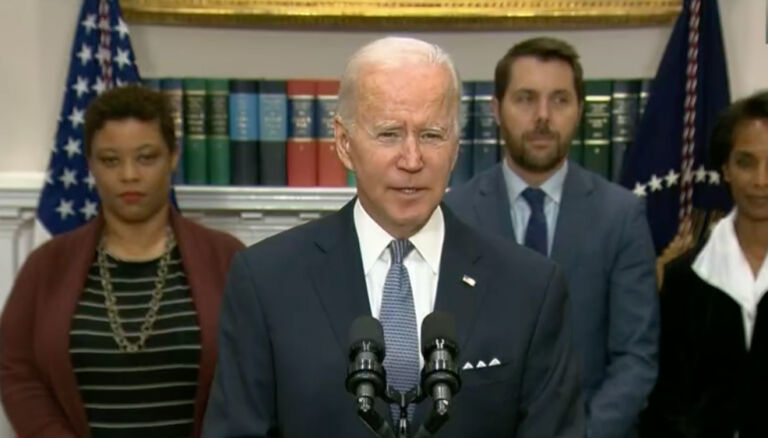In the latest issue of Time magazine, Rana Foroohar argues that the way to fix marriage in the United States is to fix the economy, and that one of the ways to accomplish that end is through state-subsidized birth control.
If you can’t see the correlation between stable family relationships, economic well being, and the proliferation of taxpayer-funded contraception, you’re not alone. Neither can I. Nevertheless, Foroohar gives it her best shot. After tsk, tsk’ing Bush era policies that encouraged young people to get married (the horror … the horror), Foroohar tries to convince her readers, without giving any concrete evidence, that birth control for unmarried women is one of the solutions to family woes and to “fixing” the economy:
What does help create more stable families? Birth control — because three-quarters of births outside of marriage are unintended, according to sociologist Jennifer Manlove of Child Trends, a nonprofit that studies childhood development. Particularly among 20-somethings, the fastest-growing group of unmarried moms, there’s a tendency to use less reliable means of birth control, like condoms and the withdrawal method. Their European peers, who often get free, state-funded health care, tend to use more expensive but more reliable methods like the Pill and IUDs.
What Foroohar’s analysis fails to take into account is that unwed births have skyrocketed since the invention of the Pill in the 1960s. Birth control is prevelant and easily accessible today. Yet our birth-rate to unwed mothers is a staggering 41 percent of all births. If there is a positive correlation between the spread of birth control and a decline in unwed motherhood, it would be borne out in statistics. But it’s not.
Foroohar’s argument falls apart at that point.


